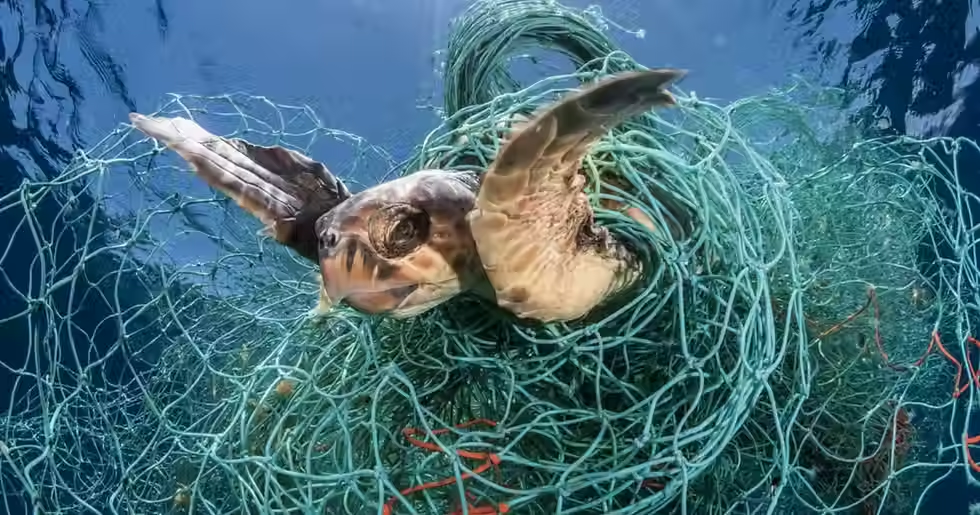The Paradox of Rare Earth Element Mining
- Katelin Sung

- Apr 22
- 3 min read
Right now, as you read this online, you are utilizing the great benefits of rare earth elements. This also goes for when you use your phone, watch TV, drive an electric car, or just sit in a room lit by fluorescent light bulbs. Rare earth elements are non-negotiables to modern living as they are essential to functioning electronics—but what are rare earth elements, anyways?
Rare earth elements (REE) are 17 metallic elements, including all the lanthanides on the periodic table, that have properties which make them essential parts in many electronics. From their name, you would think that they are hard to find in nature, given that they’re “rare.” However, they aren’t actually that rare in terms of abundance on the Earth’s crust (some are even more common than lead!). They’re called “rare” because of the difficulty in extracting and refining them, because they are found in nature as compounds with other elements (1). There are about 150 rare earth elements mines in the world, each going through a similarly complicated process to extract the minerals (2): First, REE are taken out of the earth, often by blasting. They are transported to a process plant and broken into smaller pieces and coated in chemicals to free the pure rare earth elements in a froth flotation process. Finally, they undergo further treatment and processing to be used in products while the other minerals they were found with are disposed of (3).
Evidently, the REE mining process is quite an ordeal. Not only that, the process is susceptible to other risks with significant impacts on the environment. The explosions used to extract REE from the earth remove the topsoil and expose the earth to radioactive chemicals, disrupting natural ecosystems, causing erosion, and contaminating waters. All the blasting sites and refining plants burn fossil fuels, emitting loads of carbon and contributing to climate change. Between 2010 and 2020, the mining process for REE resulted in 32 billion tons of greenhouse gas emissions, and the demand for REE in electronics will only continue to increase (4).
But the irony of this whole process is that mining rare earth elements is ultimately for the purpose of helping the environment. REE are crucial for technology that reduces gas emissions, including permanent magnets used in wind turbines and electric vehicles. Six times more REE are required to make an electric car than a gas car, and nine times more for a wind plant than a gas-powered one, and here lies the trade-off (5). On the front end of producing REE, tons of carbon are emitted, but in the end, it creates a more environmentally friendly product. The natural question, then, is to mine or not to mine? Mine REE and cause climate change? Don’t mine REE and cause climate change?
It’s not a matter of whether we should keep supplying REE or not. We will almost definitely continue to make more and more products that utilize this resource. However, a solution may exist in how we supply the rare earth minerals. There are many current investigations into how emissions can be reduced in the mining process, whether by using a cleaner extraction method or by foregoing mining altogether and instead recycling coal waste or REE from old electronics (6). So, although we currently live with a paradox of green technology from environmentally unfriendly methods, efforts are being made to keep the best of both worlds and promote a better environment.




The best foundation http://bestfoundationrepairnewbraunfels.com/ repair method will depend on the issue you're having, but usually, foundation instability is best fixed using supportive piers, like steel piers or helical piers. Foundation repair can last well beyond 150 years or the life of your home. But, it's important to prevent further foundation problems from developing.
Plastic surgery Cosmetic Surgery in Mumbai is not typically painful during the procedure due to anesthesia, but mild to moderate discomfort, soreness, and bruising are common during recovery. The level of pain varies depending on the specific surgery, the individual's pain tolerance, the type of anesthesia used, and aftercare.
https://kingiptv.nl/
Accepting the end of a Read this marriage on a deep psychological level is one of the most difficult aspects of divorce. While you may go through the motions of acknowledging the situation, emotionally, it can be challenging to truly comprehend that the relationship has come to an end.
The American Heart Association recommends 75-150 minutes of aerobic activity, as well as two strength-training sessions, per week. Assuming Check this the strength training sessions last roughly 20 minutes each, that breaks down to about three hours of exercise a week.